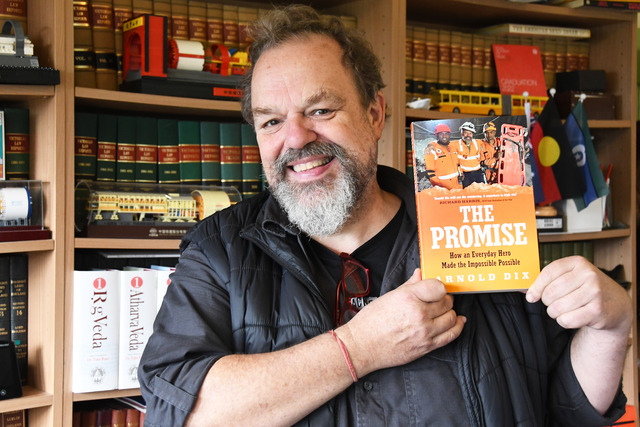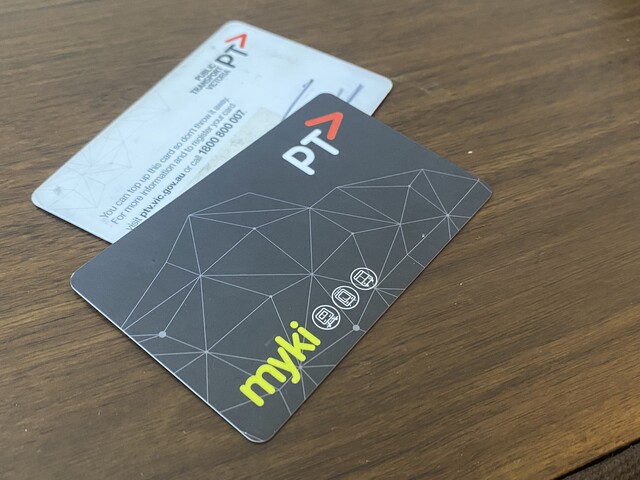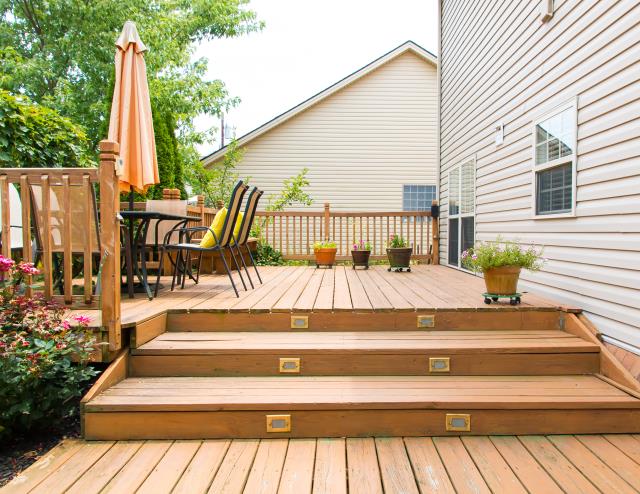By Rebecca Fraser and
NEW home-buyers in Casey could be slugged with a new $8000 tax, placing the ‘Great Australian Dream’ further out of reach.
The new tax was announced by Premier Steve Bracks last week and will apply to 220,000 homes to be built on Melbourne’s fringe over the next 25 years.
Suburbs to be hit hardest by the fee include Cranbourne West, Cranbourne East and Pakenham.
It is estimated the tax will raise $1.3billion for schools, public transport and other infrastructure in new estates.
The announcement also followed the tabling of new urban growth boundaries in parliament, detailing areas added to the five growth areas of which Casey-Cardinia is one.
The infrastructure tax will be levied against developers but this could be passed on to home-buyers, however Premier Bracks said this was unlikely.
Mr Bracks said it would instead help maintain housing affordability over the next 25 years and provide certainty to the housing industry.
But national development manager of Devine Homes John Gibson, who have developed the Golf-Links estate in Berwick and Cardinia Grove in Pakenham said this was not the case.
“I think the tax will be very tough on people buying land and homes in new estates. I think it will particularly hit first home buyers hard and like with any tax there is always the risk that it may increase in the future,” he said.
Mr Gibson said he did not think the new tax would bring certainty to developers at this stage.
“This will hit families hard as it will add thousands of dollars to their mortgages. It may mean the difference between people buying or staying renting,” he said.
Mr Gibson said Devine Homes would have no choice but to pass the tax on to home buyers.
“Home buyers already pay a long list of levies and this is just one more. They have every right to be cynical and a little bit angry about this. The government has had a huge windfall in recent times with land tax and stamp duty and this really takes the cake,” he said.
Executive general manager for the Dennis Family Corporation, Mr Peter Levinge said the increase in land supply was likely to give the development industry certainty but would make homes more expensive.
“The changes to the Melbourne 2030 blueprint are a positive step forward for developers of residential communities.
“The increase in land supply will not impact on demand for land or land prices in the short term,” he said.
But Mr Levinge also said further increases in costs for developers would negatively impact on housing affordability.
“Housing is becoming increasingly less accessible to the average Australian family. New home buyers are the members of our community that can least afford to pay up front for future infrastructure they may not benefit from for up to five years,” he said.
A new Growth Areas Authority has also been established to oversee the release of the land and new infrastructure and Planning Minister Rob Hulls said this would ensure developers who benefit from the release of land contribute to the cost of infrastructure.
“Growth areas will mean new developments in Melbourne’s five developing growth areas are well planned and closer to shops, schools, health services and transport. The plans will see developers contribute fairly to the infrastructure needs of communities and will also prevent urban sprawl, making sure families will not need to use a litre of petrol to buy a litre of milk,” he said.
But the State Opposition said the new tax on land in new housing estates was a tax on young families and new home buyers.
Shadow Treasurer Robert Clark said the new tax would make the great Australian dream of owning a home unattainable for thousands of young families and the new cash grab was merely to cover the Bracks Government’s waste and mismanagement.
“This new grab for cash will raise the total Bracks Government tax bill on a new home to around $25,000 before they lay a brick,” he said.
$8000 slug on new homes
Digital Editions
-

A hero among us
Purchase this photo from Pic Store: 494799 In November 2023, Arnold Dix played a crucial role in the 400-hour rescue operation to save 41 workers…





